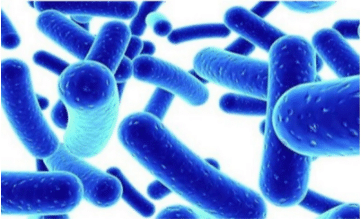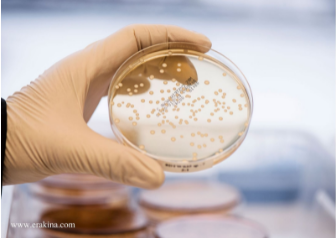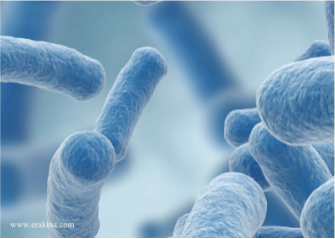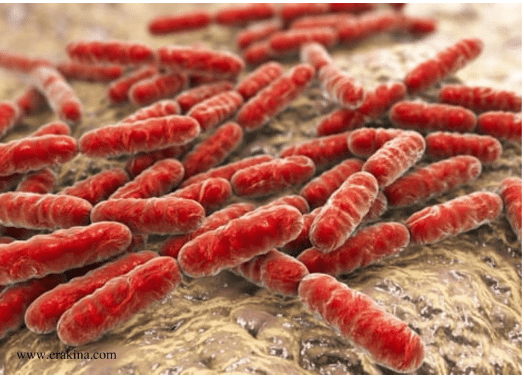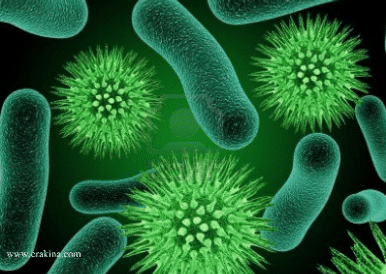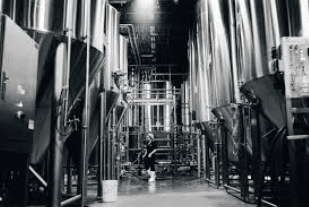Lactobacillus gallinarum bacterial species belonging to the lactobacillus genre are considered probiotic bacteria (good bacteria).
The genus lactobacillus is known for its probiotic characteristics and therefore is considered a good gut bacteria, as they are present in the gastrointestinal tract of humans. Numerous lactobacillus bacteria are found in the human gastrointestinal tract, such as Lactobacillus johnsonii, Lactobacillus timonensis, etc. One such bacteria is Lactobacillus gallinarum, also found in the human gut, which functions similarly to the other Lactobacillus species. Lactobacillus bacterial species are known to produce lactic acid after metabolizing glucose. Additionally, this genre of bacterium plays a significant role in immunomodulation, protecting the gastrointestinal tract, and maintaining the balance of the microbiome in the digestive tract. Therefore, these good bacteria are known as probiotic bacteria. If the amount of probiotic bacteria decreases, most dairy products are fermented with healthy probiotic bacteria for consumption. A compilation of the lactobacillus species aids in proper gastrointestinal functioning.
Overview of Lactobacillus gallinarum
Lactobacillus gallinarum (strain type: ATCC 33199) is a gram-positive, rod-shaped, non-motile, non-spore forming bacteria that grow under anaerobic conditions. These bacteria are facultative anaerobes that are also microaerophilic as they can grow under low oxygen levels. This bacteria is homofermentative as they only generate a single byproduct from glucose metabolism, DL-lactic acid. Under the microscope, the structure of this species is recorded to have short to long rods occurring in single or paired and occasionally in short chains. Research has been conducted on stool samples, where the researchers isolated a probiotic species, Lactobacillus gallinarum. They found that the amount of Lactobacillus gallinarum was observed to have decreased in patients with colorectal cancer (CRC). This observation indicates that Lactobacillus gallinarum plays an essential role in suppressing CRC.
Lactobacillus gallinarum provides multiple health benefits to humans and has been used in daily diet as fermented foods or beverages. In recent research, studies have shown that new unexplored microorganisms or their combinations can be potentially advantageous for human health. These bacterial species are often consumed in fermented dairy products such as milk, yogurt, cheese, etc. The primary function of these bacteria includes; protecting the gastrointestinal tract wall from harmful pathogens, preventing any occurrence of gastric diseases, improving gastrointestinal functioning, maintaining a balance of the microbiome, and influencing immunomodulation.
Functions and Benefits
Lactobacillus gallinarum has been shown to play an essential role in suppressing colorectal cancer. This observation experimented in mouse models where this bacteria was capable of repealing colorectal tumorigenesis in mice. Furthermore, this bacteria was introduced in CRC-derived organoids in humans and CRC cell lines by stimulating apoptosis (death of a cell in different stages). The component that causes the CRC tumor-suppressing effect is indole-3-lactic acid (ILA), which is produced by Lactobacillus gallinarum. L-tryptophan is a catabolite produced by the bacteria to maintain gastrointestinal homeostasis.
In experiments with the mouse models with Lactobacillus gallinarum, the studies have decreased certain pathogenic species like Dorea, Odoribacter, Ruminococcus, Parabacteroides, etc. Furthermore, Lactobacillus gallinarum has strengthened other commensal probiotics such as Lactobacillus reuteri and Lactobacillus helveticus. With Lactobacillus gallinarum, Lactobacillus reuteri suppresses inflammation by producing histamine associated with colon carcinogenesis. Therefore, with the assistance of other probiotic bacteria, Lactobacillus gallinarum can display potential benefits in significantly depleting CRC-causing pathogens.
Moreover, gastrointestinal bacteria play an essential role in CRC tumorigenesis. When transferred to a healthy individual, the CRC-causing pathogens can lead to the development of CRC. This result occurs when the beneficial gut bacteria is reduced, making the gastrointestinal tract susceptible to tumors. Therefore, modifying the microbiota in the gastrointestinal tract is shown to be a strong determinant for colon tumorigenesis. The presence of other probiotic bacteria can alter the gastrointestinal microbiota, thereby reducing cancer progression.

